In Japan, there is a tradition to eat curry 125 times a year, most often combined with rice and pickled vegetables.
To the west - the opposite. In British cuisine, curry means gravy for meat, which consists of ginger and garlic.
Compared by color, there are three types of curries - green, yellow and red. Green Curry owes its color coriander, red - red peppers and yellow - turmeric.
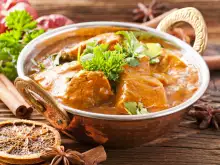
Curry is a mixture of seven or more different herbs, most often using cumin, cinnamon, black pepper, turmeric and more.
There are cases where honey or apple is added for sweetness. This spice is a great fit to meat dishes - beef, pork or chicken.
Curry is used as a main ingredient in a dish called "massman" which is common in Muslim nations. The dish usually contains coconut milk, roasted peanuts or cashews, potatoes, bay leaves, cardamom pods, cinnamon, anise, palm sugar, fish sauce, chili and tamarind sauce.
Serve with pickled ginger or "achat" (special Thai spice). Can be combined with cucumber and peppers macerated in vinegar and sugar.

Another type is "panang" – a kind of Thai curry that is usually softer than other Thai spices.
The meal traditionally includes dried peppers, chili, lemongrass, coriander root, cumin, garlic, shrimp and salt and sometimes- peanut butter.
One popular "panang" curry dish is "beef panang", which is a beef dish in curry sauce. For vegetarians, the beef can be substituted with tofu, which is made from soybeans.
It is believed that eating curries leads to the production of a large number of endorphins, also called the "hormone of happiness". The inclusion of curry in meals regularly can help you to smile more often.
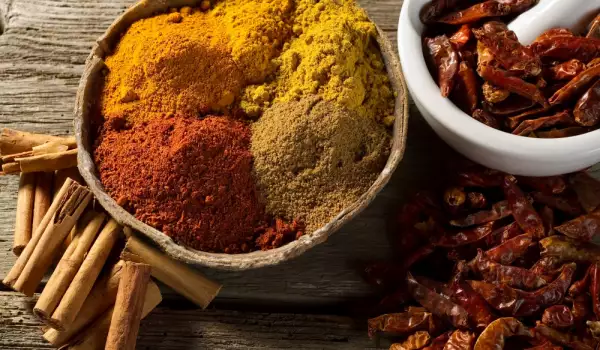
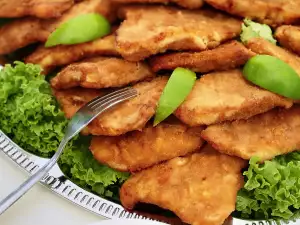
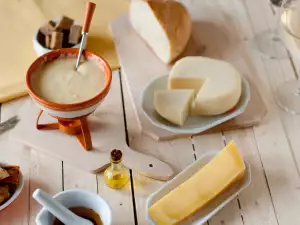
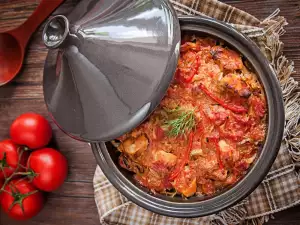
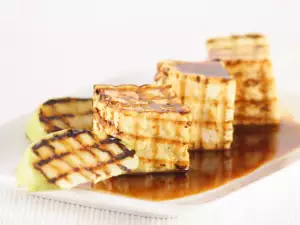
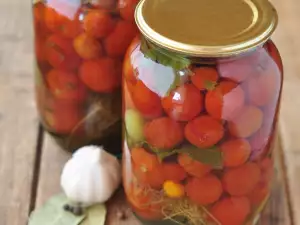
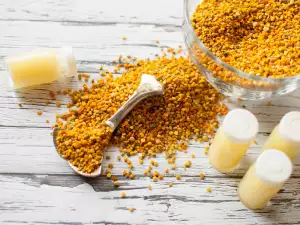

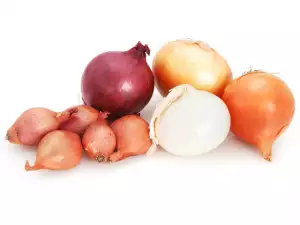

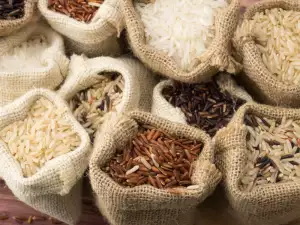
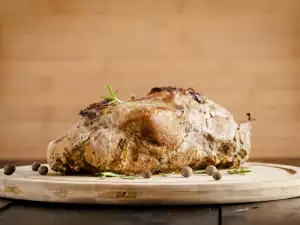
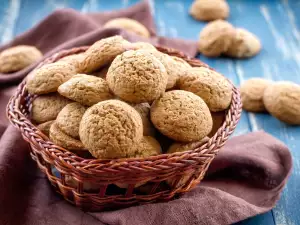
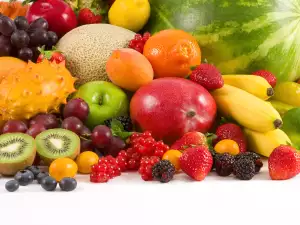
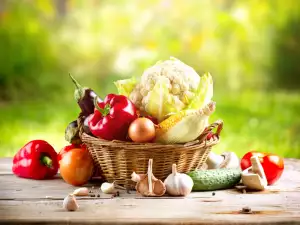
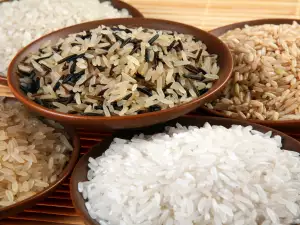




Comments